Think back 5 years ago, when call transcription wasn’t standard practice for organizations. How did you get insights into what customers and prospects care about?
- Did you look at Salesforce notes?
- Did you survey the sales team?
- Did you listen in on live calls?
Today, marketers and enablement leaders sit atop a goldmine of insights if their sales teams are using tools like Gong, Clari, Chorus, Zoom, and more. Every question asked by a prospect, every objection response handled by a seller is in those transcripts.
These conversations are raw, real, and unfiltered. It’s where your prospects and customers tell you (often explicitly) what they care about, what they’re confused by, and what’s missing.
But most tools that transcribe these calls aren’t built for marketers; they are built for the sales team.
So, to unearth the insights, you have to do some work. Before you grab transcripts and throw them into ChatGPT, there are a few considerations you should understand:
1. Know what you are after
I know, this is an obvious one. But it’s important to think about finding a needle in a haystack.
You might be able to use your call intelligence or meeting platform to find just the particular conversation you need, but often it’s not about finding the needle, it’s about making the haystack smaller.
Consider filtering your calls down by specific team members, CRM filters, call titles, mentions, etc., so that you are working with a smaller set of transcripts to start. (LLM models like ChatGPT have size limits to keep in mind, but we’ll cover that in a moment.)
Sometimes you might need to do two passes through the data to get what you need.
For example, if you wanted to explore what objections are coming up on calls, the first pass is to find all objections that are coming up, and the second pass is to get the specific quotes and insights from the objections you care about.
2. Be aware that you are handling VERY sensitive insights
Let’s be real: even though it’s easy to copy and paste into an LLM like ChatGPT or Claude, there’s a lot of danger in copying transcripts directly.
Most models collect your information for training and troubleshooting. These calls contain sensitive information – customer names, pricing, and even passwords accidentally read out loud. Before you mine anything:
- Make sure data is anonymized or scrubbed where necessary.
- Only give access to team members who really need it.
- Store and process transcripts in compliance with your privacy policies and applicable laws (GDPR, CCPA, etc.).
You can also look at running an open-source model or Apple Intelligence (if you’re a Mac user) right on your desktop to help you cleanse and summarize calls.
3. Know which models to use
Once you have your data prepped, you should know which models are best for what you are tackling.
Here’s a breakdown of top AI models that are particularly well-suited for mining sales call transcripts:
OpenAI GPT-4o / GPT-4-turbo
- Strengths: Long context (128k tokens), fast reasoning, strong semantic understanding, good at finding direct quotes, attributing speakers, and summarizing themes.
- Best for: Objection handling guides, competitive intel, and marketing alignment.
- Tooling: Available in ChatGPT (with file upload or custom instructions), or via API for automation.
Anthropic Claude 3 (Opus or Sonnet)
- Strengths: Handles even longer documents (200k+ tokens), great at maintaining structure, context, and tracking conversation threads.
- Best for: Qualitative analysis over many calls and understanding nuanced dialog.
Google Gemini 1.5
- Strengths: Massive context window (up to 1 million tokens), good for large-scale analysis across many transcripts.
- Limitations: Slightly less natural in tone and summarization than GPT-4o.
- Best for: Reviewing dozens or hundreds of transcripts at once.
Mistral Large (e.g., via Perplexity or open-source integration)
- Strengths: Fast, efficient, and good for phrase repetition tracking or keyword extraction.
- Limitations: Not as nuanced or semantically strong as GPT-4o or Claude.
- Best for: Budget-conscious or fast pattern detection work.
Pair any of these with embedding search (via tools like Weaviate or Pinecone), and you have a powerful combo for extracting meaningful, quote-level insights.
4. Trust? Maybe, but definitely verify.
To those of us who may have forgotten, LLMs aren’t designed to be smart. They are designed to make us think they are smart. That’s not to say they aren’t incredible, but they make up stuff. Sometimes important to know how to spot hallucinations.
You can spot hallucinations by cross-referencing any specific facts, stats, or quotes with the original source (like the transcript itself). Look out for overconfident statements, fake URLs, or details that seem too conveniently perfect.
To verify, ask the model to cite where it pulled the information from, double-check its claims against your actual transcript data, and if possible, break the task into smaller, verifiable steps.
5. This isn’t a one-and-done project; it’s a recurring one
Insights from sales calls should inform a feedback loop:
Use what you learn from sales calls
Use what you learn from sales calls to create new content or refine your messaging strategy.
Whether it's addressing a repeated objection or clarifying a misunderstood feature, these insights should shape the assets you produce.
After releasing them, monitor how they perform in the next wave of calls. Are reps using them? Are prospects responding more positively? Let those results guide your next set of iterations.
Revisit transcripts on a regular basis
Make it a habit to revisit transcripts on a regular basis to identify new trends, spot emerging objections, or validate which messaging and content updates are resonating.
This recurring review not only keeps you aligned with the customer’s evolving needs but also ensures that your enablement efforts are always grounded in fresh, real-world input.
TL;DR
Marketers and enablement leaders can extract powerful insights from sales call transcripts – but doing it well takes more than just dumping text into ChatGPT.
First, clarify your objectives so you can filter and narrow down transcripts before analysis.
Second, be extremely cautious with data privacy – scrub transcripts, limit access, and stay compliant.
Third, pick the right AI model for the job: GPT-4o and Claude 3 excel at nuance and long-form context, while Gemini and Mistral are better for high volume and speed.
Finally, treat this as a repeatable process. Revisit transcripts regularly and use what you learn to refine messaging, content, and strategy continuously.
Don’t want to do all this manual work?
We built Naro to streamline the entire process of mining calls for insights and turning those insights into new materials, programs, and more. We’ve found that our best customers actually started by mining calls on their own first.
Let’s chat about how we can help you build a pipeline of insights for your revenue organization.





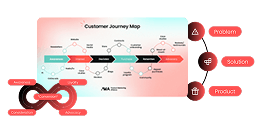


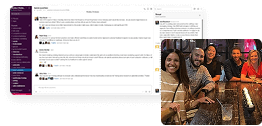
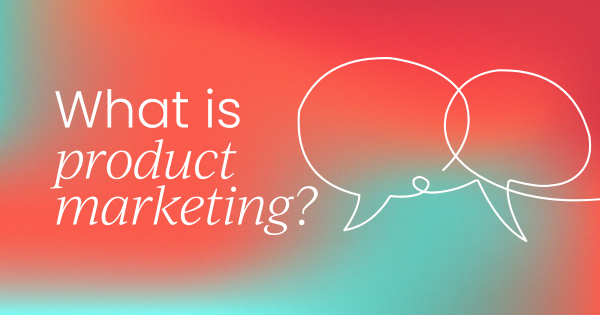
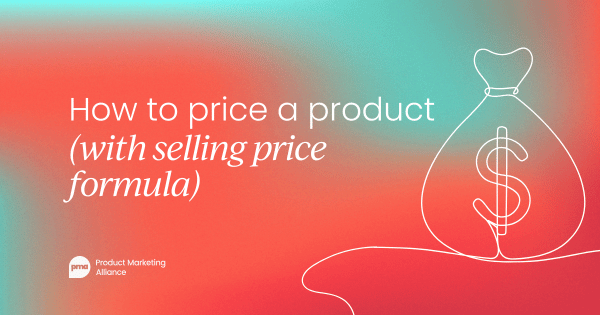
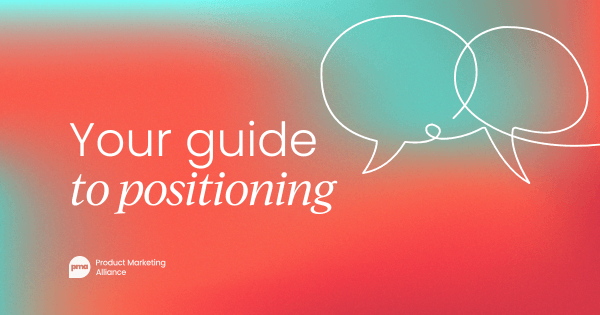
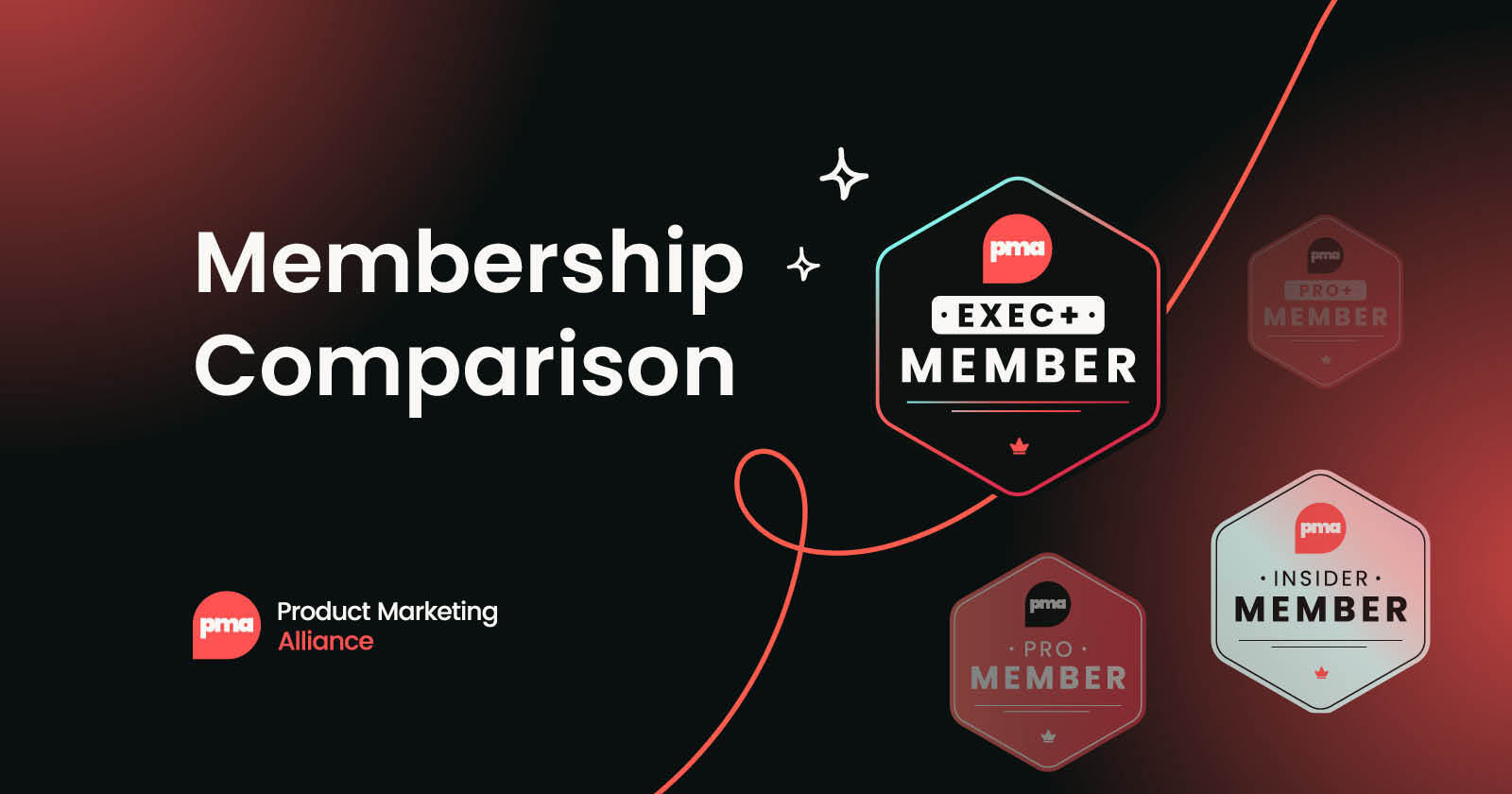
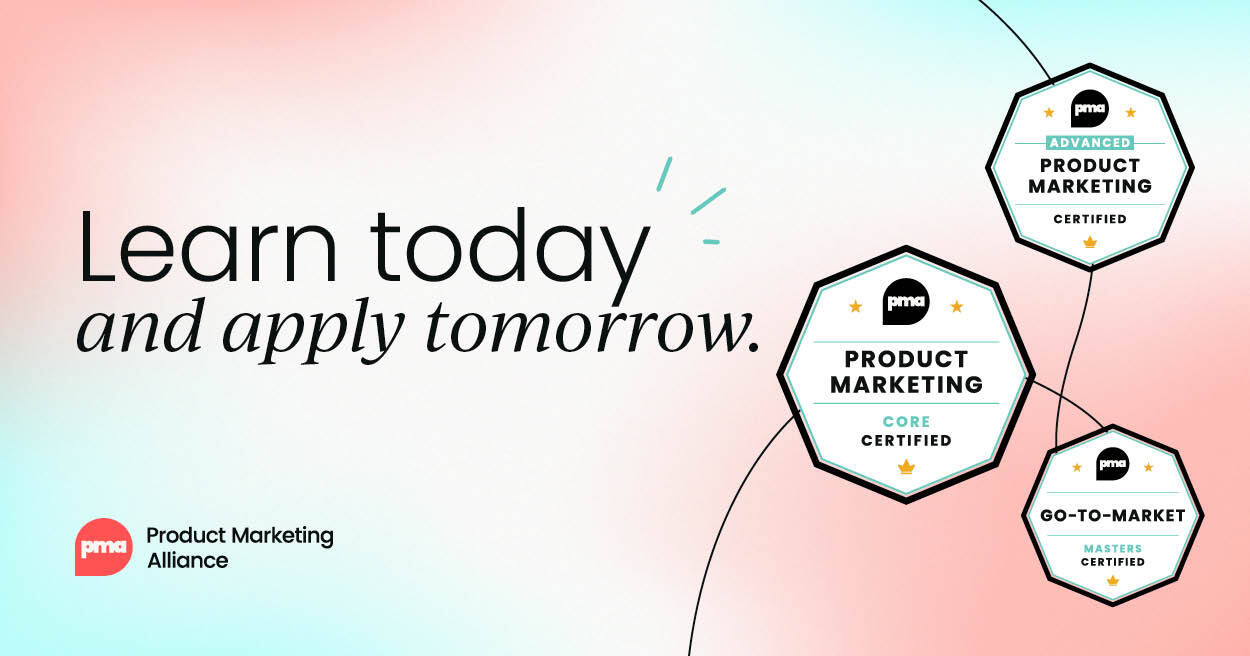
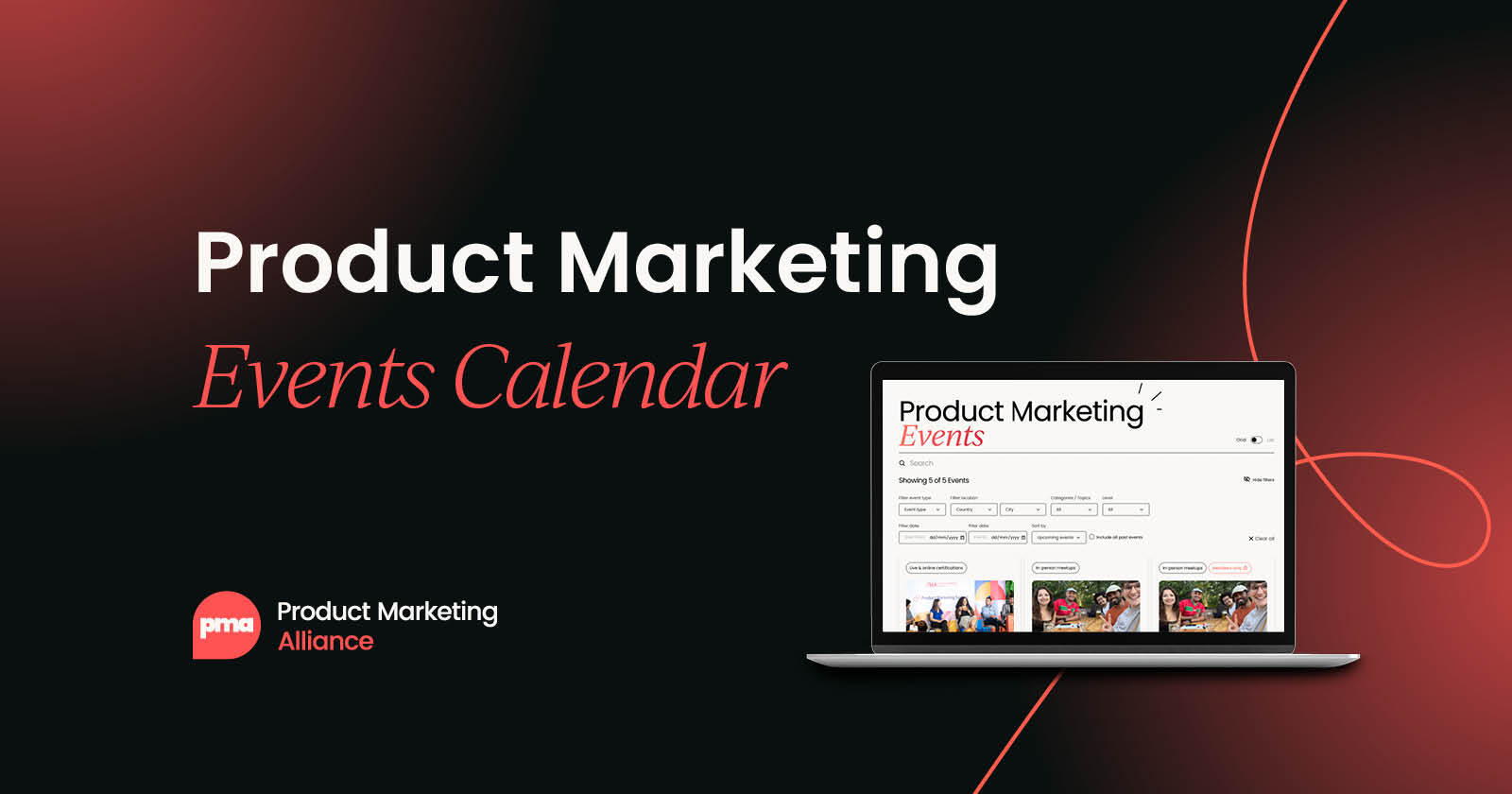
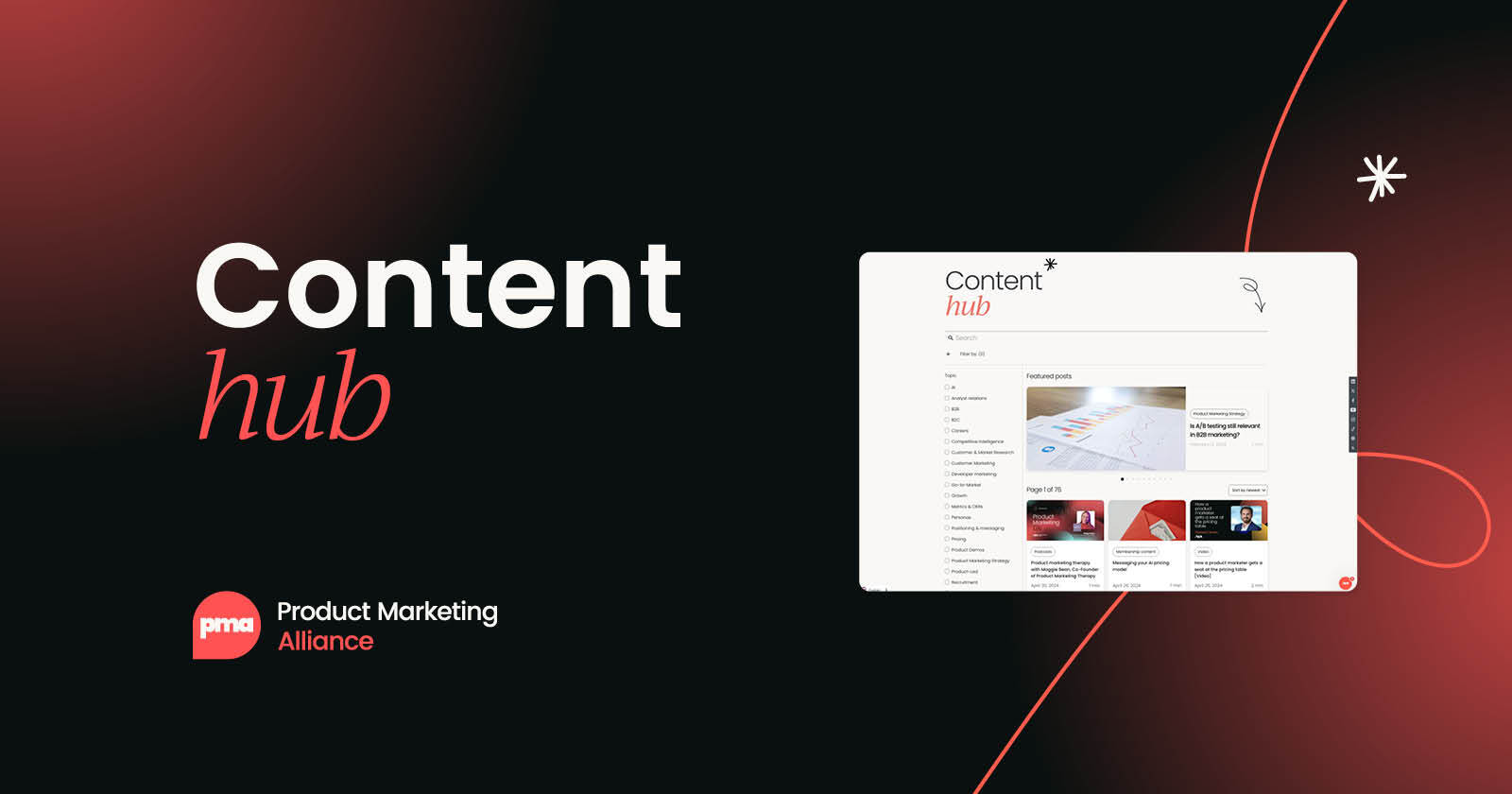

 Follow us on LinkedIn
Follow us on LinkedIn


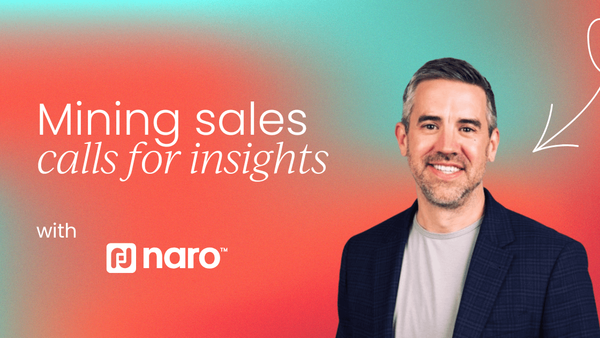


.svg)
Start the conversation
Become a member of Product Marketing Alliance to start commenting.
Sign up now